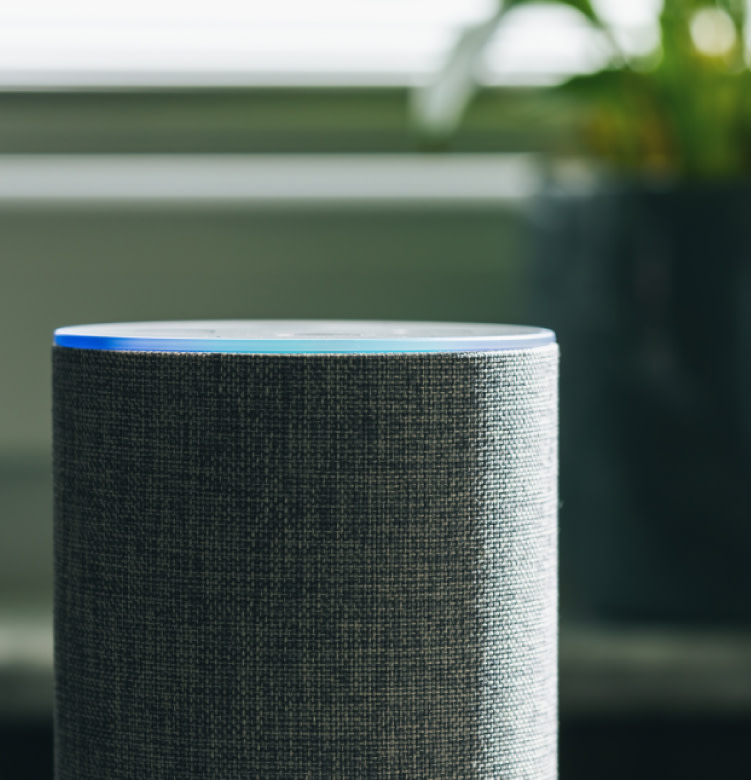
Headless CMS: fast API and scalable solutions
What is a headless CMS?
A headless CMS is a content management system which provides a strict separation between the content and its presentation.
Traditional CMSs focus on providing a complete solution for the end user, coupling the content management and its final presentation, which is a website in the most common scenario.
While this coupling can offer some advantages, it comes with strong drawbacks, especially when it comes to content reusability. If content is structured to be used in a website, it becomes very difficult to reuse in other applications, say a mobile application.
Here comes a headless CMS, a solution capable of organizing and managing content independently from devices and channels, a system which is agnostic of the final medium consuming the content. These systems, in fact, are usually API first CMS, meaning that content can be accessed only in its raw format via an API. It’s the content consumer who’s then responsible for the final presentation.
This doesn’t mean that content is unorganized in an headless CMS, but rather that it is not combined with elements directly connected to the presentation. The most common example of this connection is a content saved with its markup, making it usable only in a website.
What are the main benefits of using a headless CMS?
Highly reusable content
A headless CMS can be seen as a centralized hub for a company’s content. Content can be easily reused across different projects and channels. This helps in focusing on the quality of the content and improves efficiency.
Speed, reliability and scalability
Headless systems, like Contentful, are generally cloud native CMSs. Users can take full advantage from these systems to improve speed of their applications, for example by combining their fast APIs with static sites generators. Also, there’s no need to take care of the infrastructure, the provided system is already built to be reliable and scalable.
No restrictions on content presentation
Since content is completely separated from presentation, the latter can be modeled exactly based on the project’s requirements. There are no constraints on how to display content, which is a typical limitation of traditional CMSs.
Micro-service architecture
Headless CMSs are perfectly designed to fit in a micro-service architecture, where every piece of your infrastructure is separated and it’s focused on a single concern.
Agile oriented
A headless CMS is well suited for working with an agile development environment. Since every piece of the infrastructure is separated (content management, backend and front-end development), every role in the team can move simultaneously without restrictions.
Headless CMS versus traditional CMS
Traditional CMSs provide a complete set of features, letting you build your application from start to finish, but with limitations in the capability of separating concerns and managing the project’s requirements in an optimal way due to its constraints. They also tend to provide a quick first result, which is then difficult to customize, manage or upgrade in the long run.
Headless CMSs let you focus on what a CMS is supposed to do: manage a project’s content at its best, leaving the fulfillment of other requirements to other solutions which are tailored to solve that. Headless CMSs are well suited for complex and strategic projects which require flexibility, fast iterations and limited constraints.
S’nce approach to headless CMS
S’nce has fully embraced the idea of headless CMSs, and that’s why we like to define ourselves as an headless CMS agency.
We are now working with our clients to deliver projects that take full advantage of this architecture, combining the power of CMSs with micro-services and static site generation to provide cutting edge solutions for the current market.
Also, that’s why we decided to become partner with Contentful, the market-leading content platform for enterprises. Contentful has already proven to be a perfect fit for our projects since it provides a content management system with strong performances, high reliability and scalability and a very solid platform in terms of resiliency, governance and security (ISO 27001-compliant).
Discover more about Contentful
Why choose a headless CMS?
There are many advantages for companies which decide to rely on a headless CMS.
First, it gives the possibility to collect the company’s data in a unified hub, where content can be shared and easily managed by editors. A centralized hub facilitates brand consistency and simplifies content alignment between channels.
Another strong advantage is the separation of everything that regards content and its actual use in different channels and projects. This helps in keeping separation of concerns for things that have different goals and requirements. A CMS should only care about providing the best tools to structure content according to specific requirements, independently from its actual use. At the same time, an application using the content coming from the CMS, will focus on the best way to deliver it to users.